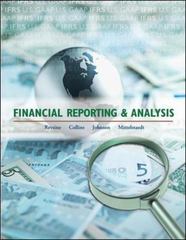Question
Supply shocks are external events that shift the aggregate supply curve. Adverse supply shocks would cause aggregate supply to decrease, shifting the AS curve to
Supply shocks are external events that shift the aggregate supply curve. Adverse supply shocks would cause aggregate supply to decrease, shifting the AS curve to the left. Favorable supply shocks would cause aggregate supply to increase, shifting the AS curve to the right.
Now this is a major union win, which means labor costs will rise significantly, causing production to be more expensive. This rise in the money wage rate or other resource prices decreases short-run aggregate supply and shifts theSAScurve leftward. So, it is a supply shock in this respect. This forces price level to increase as suppliers try to pass on the added cost to consumers. On the demand shock side, the higher wages provide more buying power to the workers and fuels higher aggregate demand, which further pushes up the price.
Please explain why a change in money wages affect only the short-run aggregate supply curve and not the long-run aggregate supply curve?
Step by Step Solution
There are 3 Steps involved in it
Step: 1

Get Instant Access to Expert-Tailored Solutions
See step-by-step solutions with expert insights and AI powered tools for academic success
Step: 2

Step: 3

Ace Your Homework with AI
Get the answers you need in no time with our AI-driven, step-by-step assistance
Get Started


